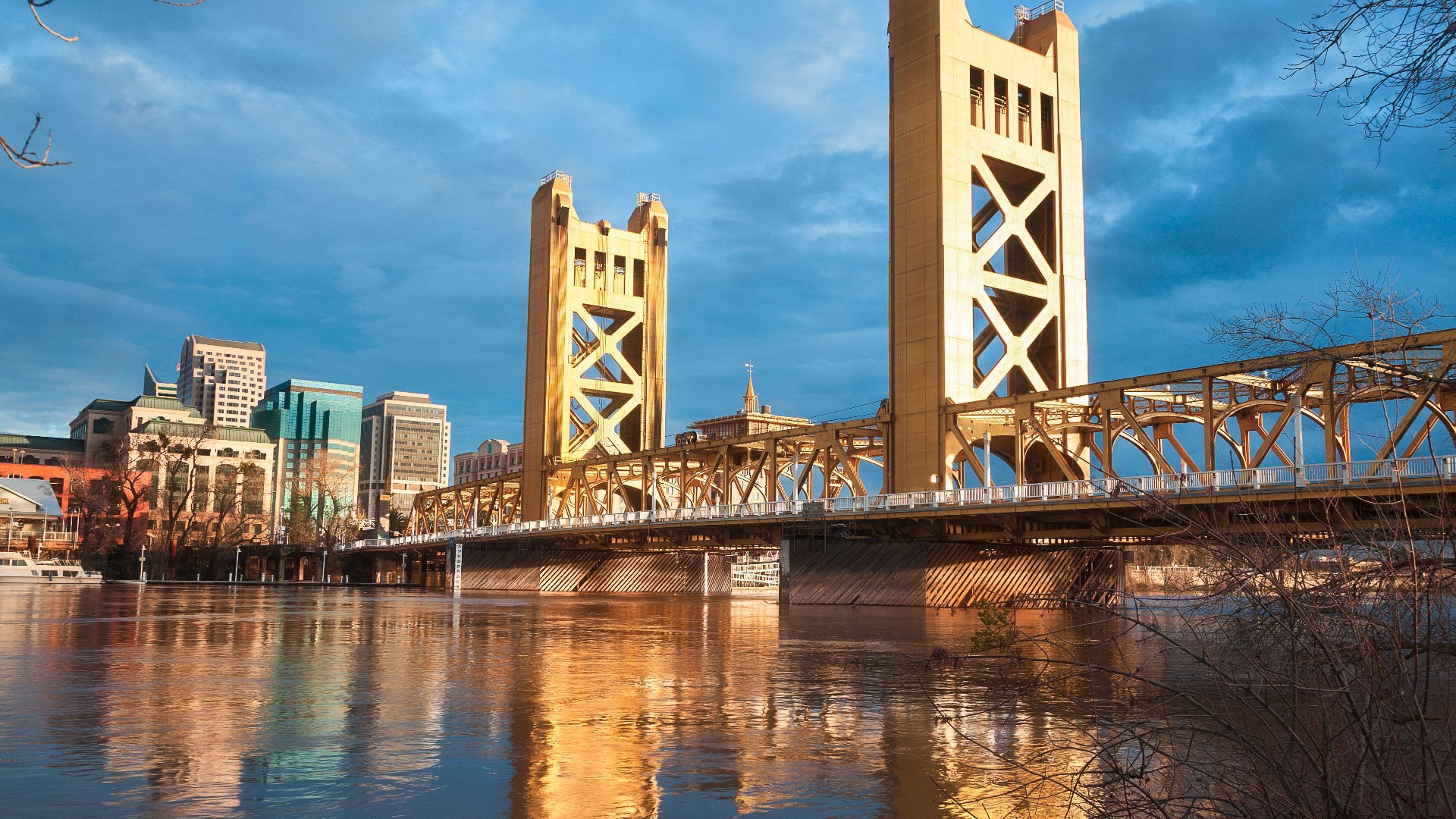SACRAMENTO, Calif — Extreme heat is the leading cause of weather-related deaths over the past 30 years, according to the National Weather Service.
This summer we’ve already felt the impacts of more extreme weather from a warming climate. Portland and Seattle hit their all-time record high. Downtown Sacramento warmed to 113° just one-degree shy of tying their all-time record high.
THE QUESTION
With higher cooling demands straining the electric grid and rising electric bills, do cities actually warm more than surrounding areas?
THE SOURCES
- Andrew Pershing, Climate Central
THE ANSWER
Yes, urban areas with paved roads, parking lots and buildings get hotter than their outlying areas.
WHAT WE FOUND
Neighborhoods in highly-developed cities can be 15 to 20 degrees hotter than nearby tree-lined communities. This is called the Urban Heat Island effect.
Andrew Pershing, director of climate science at Climate Central says the researchers at Climate Central, a nonprofit organization that analyzes and reports on climate science, developed a new ranking system for warming in metro areas based on data from the National Oceanic and Atmospheric Administration (NOAA).
This allows them to produce a score for 158 cities around the country and calculate how much hotter these cities are relative to a hypothetical situation that didn’t have a large population living there.
The five cities with the highest scores for warming are: New Orleans, Newark, New York City, Houston and San Francisco. All warmed over seven to almost nine degrees over surrounding areas. Sacramento ranks number 11, warming slightly over seven degrees from surrounding areas.
To get this number, Climate Central researchers looked at five factors.
- Albedo: This is a measure of how much heat a surface absorbs. Darker colors absorb more heat and light colors absorb less
- Greenery: Shade from trees helps reduce peak summer temperatures by 2-9°F in urban areas. Vegetation also helps cool the air through a process called evapotranspiration. This is when leaves absorb heat energy then evaporate water within the leaves.
- Population Density: People add heat using machines, transportation, and appliances. During a heat wave, air conditioning from buildings can add 20 percent more heat to the outside air.
- Building height: This creates a disruption of air flow with heat getting trapped.
- Average width of streets and irregularity of the city: Buildings can reflect and absorb sunlight and block wind. This can also prevent pollution from clearing.
Each city will get a score based on the above factors. City planners and developers can use the score and the main drivers to create adaptation strategies to keep areas from getting even hotter and provide public assistance where necessary.
Some examples would be helping with energy bills or providing transportation to cooling centers.
Urban overheating also has multiplying impacts. Extreme heat makes it difficult to work outdoors and air quality is worse due to hot air trapping pollution. Less air flow keeps the pollution stagnant. This causes health problems from breathing to eye irritation. Energy demand for cooling strains the grid, driving up costs. The costs are disproportionately felt in low-income neighborhoods and communities of color.
Pershing says what this breaks down to is understanding the human induced microclimate. A parking lot is going to be hot because it’s a big piece of blacktop, regardless if it’s in downtown Sacramento or in the suburbs or even a rural area.
WATCH ALSO:

